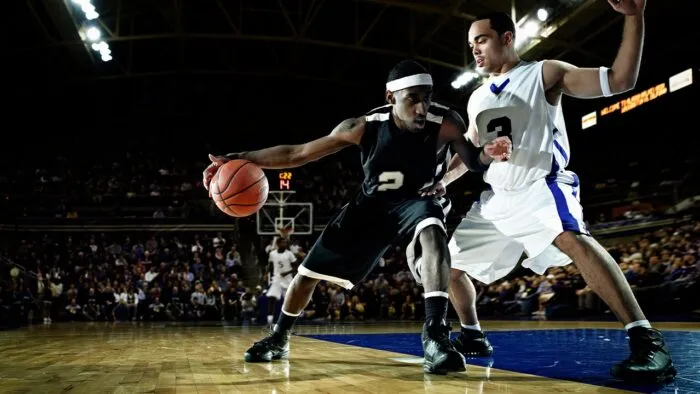Live sports programming offers a massive reach and therefore tends to be at the bedrock of many TV campaigns. Fans watch live 97% of the time and, as Melanie Hamilton, Head of Enterprise Sales, Effectv, highlights, “Campaigns including sports deliver an average household reach 34% higher than those that do not include sports.”
When the pandemic halted major sports events, advertisers needed to pivot their strategies in order to maintain that reach, and insights from viewership data proved invaluable. In this new Beet.TV series, “Live Sports 2021,” experts from Effectv and across the industry delve into how the sports advertising market is changing and the role data plays.
Reaching Sports Viewers Without Sports
When the pandemic hit and most major sporting events stopped, advertisers needed to figure out how to find the same audiences they’d come to rely on. “The sports audience didn’t go away when COVID hit and sports programming went away,” says Effectv GM James Rooke. “It just shifted.” In fact, as people adjusted to life during the pandemic, TV viewership climbed sharply. In Comcast households, viewing time rose by 18% year-over-year.
For advertisers, this meant an abundance of opportunities to reach audiences across screens. But it did require some flexibility and a shift in focus from content-based buying to audience-based buying.
At its core, this shift was made possible with insights from viewership data. “What aggregate set-top box data from Comcast allows us to do is derive really important insights into viewing behaviors of those sports viewers,” Rooke explains. This enables advertisers to reach that same audience across programming in a reliable and consistent manner. Advertisers could continue to reach the right audiences and target the same households that would typically watch sports, despite big changes in viewership behavior.
Increased Digital Viewership as Sports Return
As sports return to TV, viewership is also returning, but it looks a little different. Viewers are increasingly turning to digital platforms for their sports fix, contributing to a significant uptick in digital sports consumption year-over-year and highlighting an overall viewership trend toward digital. In fact, across the top five digital platforms in late 2020, Nielsen saw a year-over-year increase of 11 million consumers aged 25 to 54.
For advertisers, this all comes back to the power of buying audience-based, multiscreen campaigns to help ensure they’re reaching the full sports audience. “It’s the combination of the two – taking an audience-based plus a multiscreen approach – which we see the most value in,” says Rooke. As viewing continues to fragment across distribution channels, advertisers need to be able to execute audience-based campaigns not just on linear television but also across streaming TV. This ability to have one comprehensive multiscreen TV campaign is critical.
What’s Next in 2021 and Beyond
The trend toward audience-based buying was well underway when COVID-19 hit, but the pandemic certainly acted as a catalyst. The sudden additional focus on audience-based buying spurred advertisers to gain a level of comfort with this approach, and it moved the industry focus to the value of viewership data. A data-centric approach enables advertisers to look beyond the content and reach specific audiences, on every device.
Although content-based buying won’t go away, advertisers now have a viable option to launch campaigns from a data-driven, audience-based buying perspective. According to Rooke, “There’s going to be an acceleration of a movement not just within sports programming but, overall, toward more audience-based executions.”
Gain more insights into the evolving relationship between sports and advertising. Watch the full Beet. TV series here.



